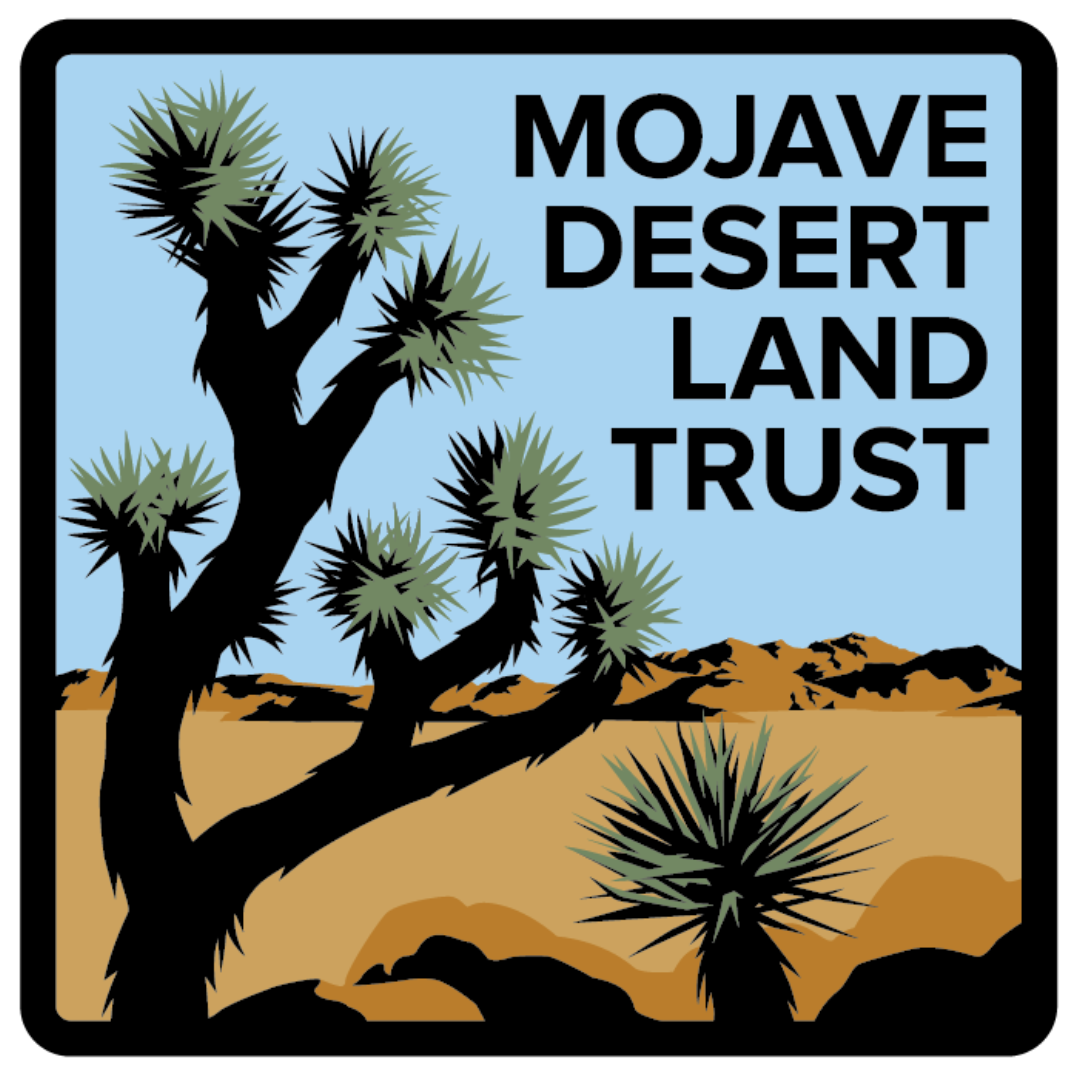The future is bright: let’s turn the lights down
A distant nebula as viewed through a telescope. Photo: Mary Cook-Rhyne
By Jessica Graybill, Content Manager
Miles away from the light pollution from Las Vegas and Los Angeles, Amboy Crater – with its clean restrooms, shade structures, and paved walkways – is one of the most accessible places in the Mojave to experience epic darkness.
For the second consecutive year, the Mojave Desert Land Trust partnered with 29 Palms Astronomy Club to bring the wonder of the cosmos to students of Yucca Valley High School. The excitement was palpable from the moment students stepped off the bus into the Amboy Crater parking lot in Mojave Trails National Monument.
Returning student Chloe jumped at the chance to attend the springtime star party a second time. “Last year after this field trip I tried to go out and see what I could find, but it wasn’t even half of this because of all the light pollution. So having the opportunity to come out here and see so many stars…” She trailed off in wonder. “I’ve always been fascinated with the night sky. In class we can see pictures online, but to look through a telescope and see it with our own eyes…it’s such an amazing experience.”
Starman Steven points out constellations in his tour. Photos: Jessica Dacey
Lying on the warm pavement, our eyes on the skies, Starman Steven and Captain Zarrin took us on a riveting tour of the cosmos. Their assortment of telescopes brought distant galaxies, colorful nebulae, and nearby constellations into focus as our eyes adjusted and the night grew darker.
Two galaxies spiraling many lightyears away. Photo: Mary Cook-Rhyne
With the universe stretched out before us, it is easy to understand the profound influence these celestial bodies have had on generations of human culture – and how important it is to maintain this primal connection. It’s not just art, philosophy, or science that would suffer without inspiration from the heavens; light pollution affects our health, as well as the health of the ecosystems we inhabit. Billions of years of regular day and night cycles have created the circadian rhythms that influence nearly every part of our biology and the biological processes of all other life on Earth. And though humans tend to consider themselves independent from the ecosystem, the reality is we are part of it – equally susceptible to the negative impacts of light pollution, despite being the only species that creates it. Luckily, we also have the power to fix it – and the solution is simple!
Turn the lights down low
With 80% of the world population living under light-polluted skies, Mojave Desert residents can literally count our lucky stars that we have access to breathtaking stargazing opportunities. But as urban sprawl continues to grow, so does the need to educate our communities about the negative impacts of light pollution, and how to mitigate it.
High school student Jennifer Barlow recognized this need in 2002 when she coordinated an effort in her Virginian hometown to dim outdoor lighting for one night so her community could experience the sky in its natural glory. Thanks to her advocacy, the first National Dark Sky Week was first observed in 2003. Over 20 years later, we continue to celebrate International Dark Sky Week – now a worldwide event – every April.
Starman Steven first became enamored with the cosmos in his youth and has spent much of his life sharing his expertise and contagious passion with people of all ages. “For students of any age, but particularly in high school, having the exposure to nature, to our natural surroundings, is very important. Living in an area where the beauty and epic surroundings are so accessible, to come out to a place like Amboy which is a little bit further away, really heightens that experience, takes them that much further into the wilderness, and exposes them to some truly stunning sights in the night sky.”
Providing foundational experiences like these in nature helps young people form bonds with their surroundings and can inspire lifelong environmental advocates.
This program was made possible thanks to the Outdoor Equity Grants Program created through AB 209 and administered by the California State Parks Office of Grants and Local Services.
Further reading:
Learn how you can help reduce light pollution.
Review San Bernardino County’s outdoor lighting regulations.
Right: a colorful galaxy. Left: UFO? Nope! Just a galaxy in profile view. Photos: Jessica Graybill




